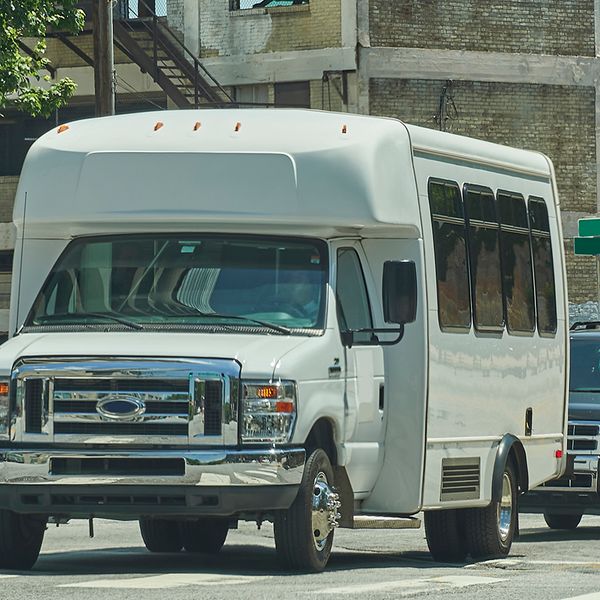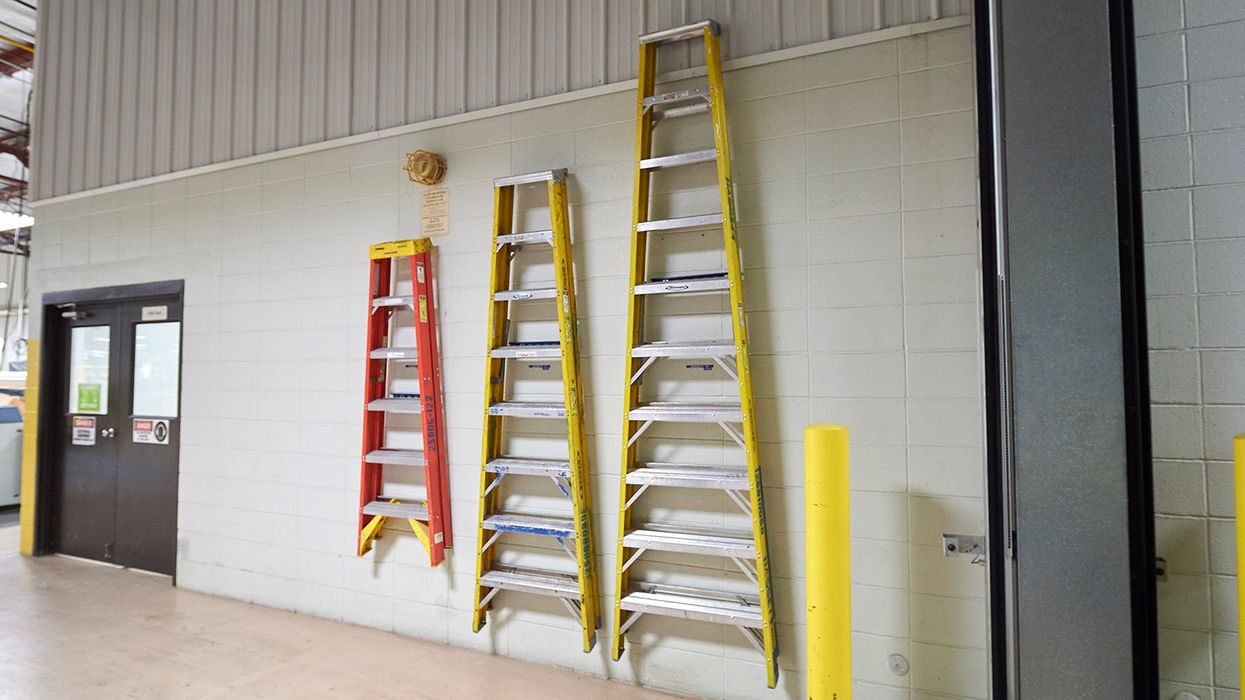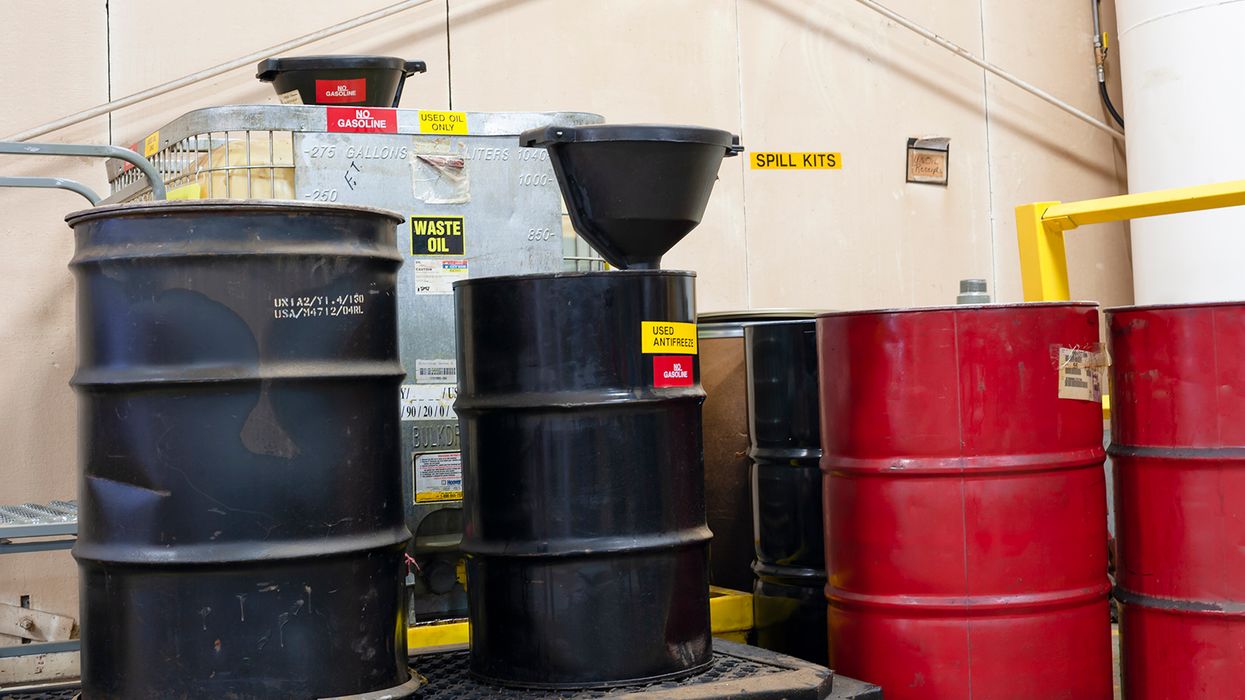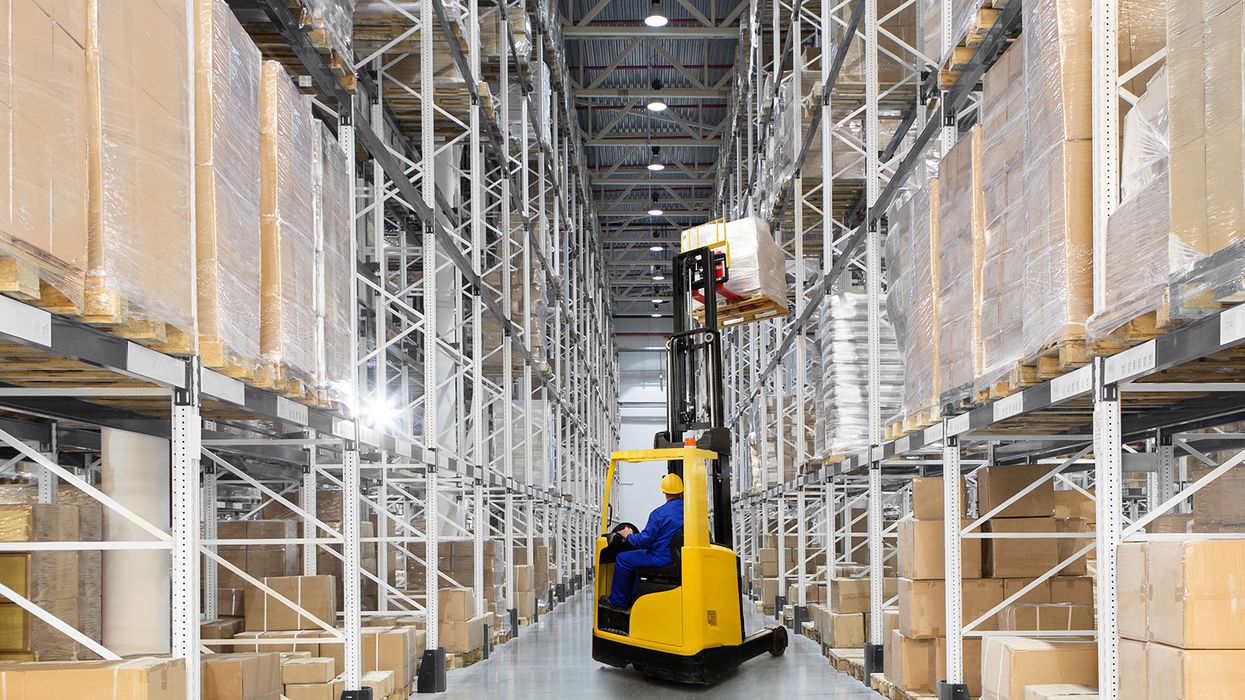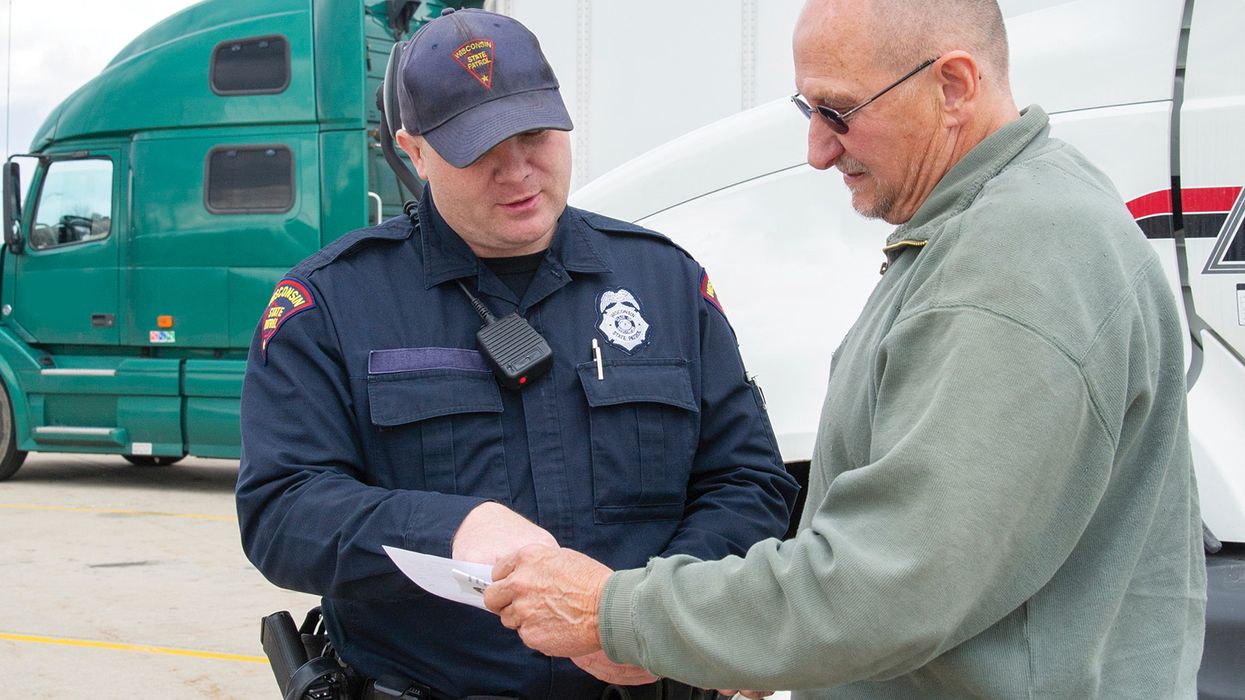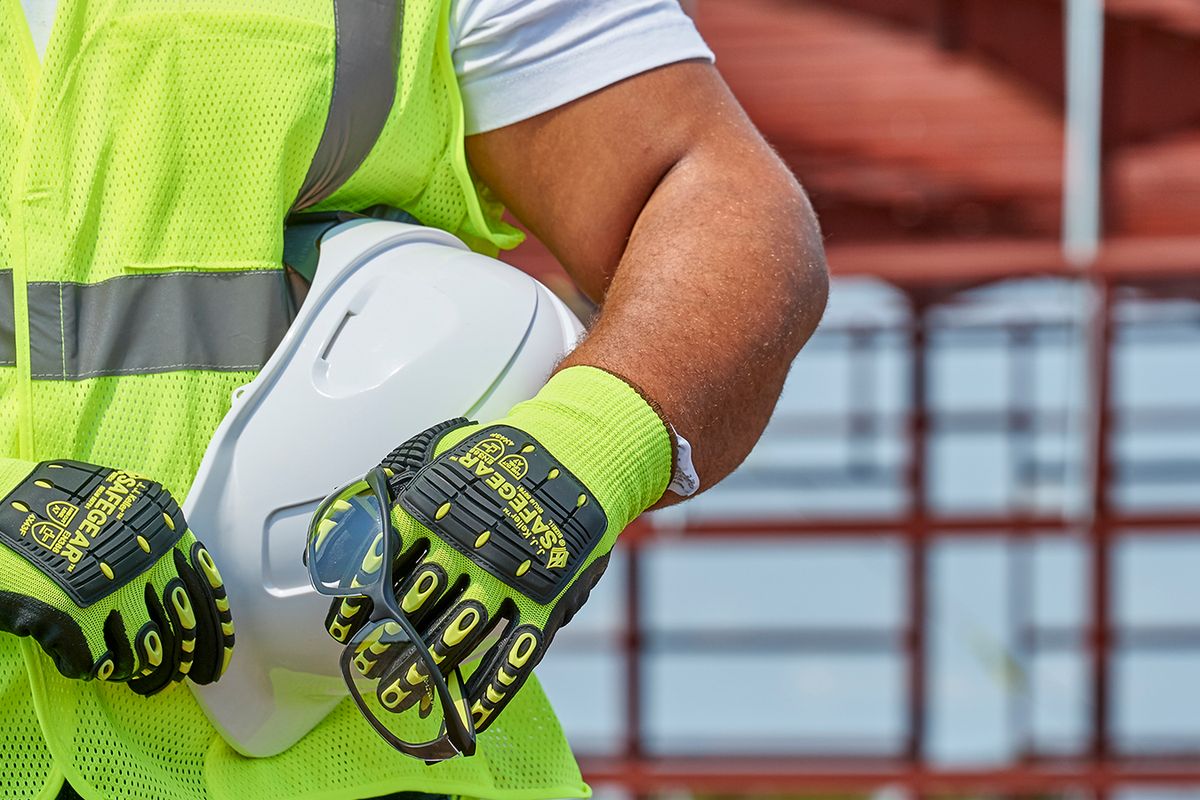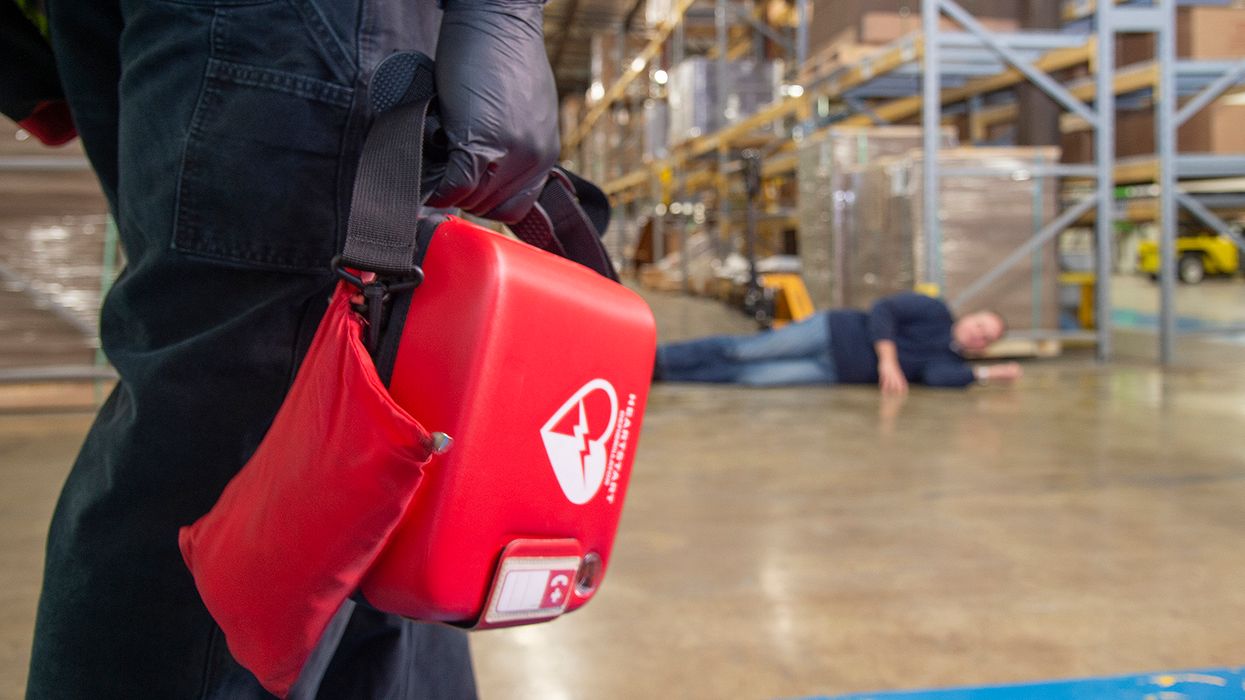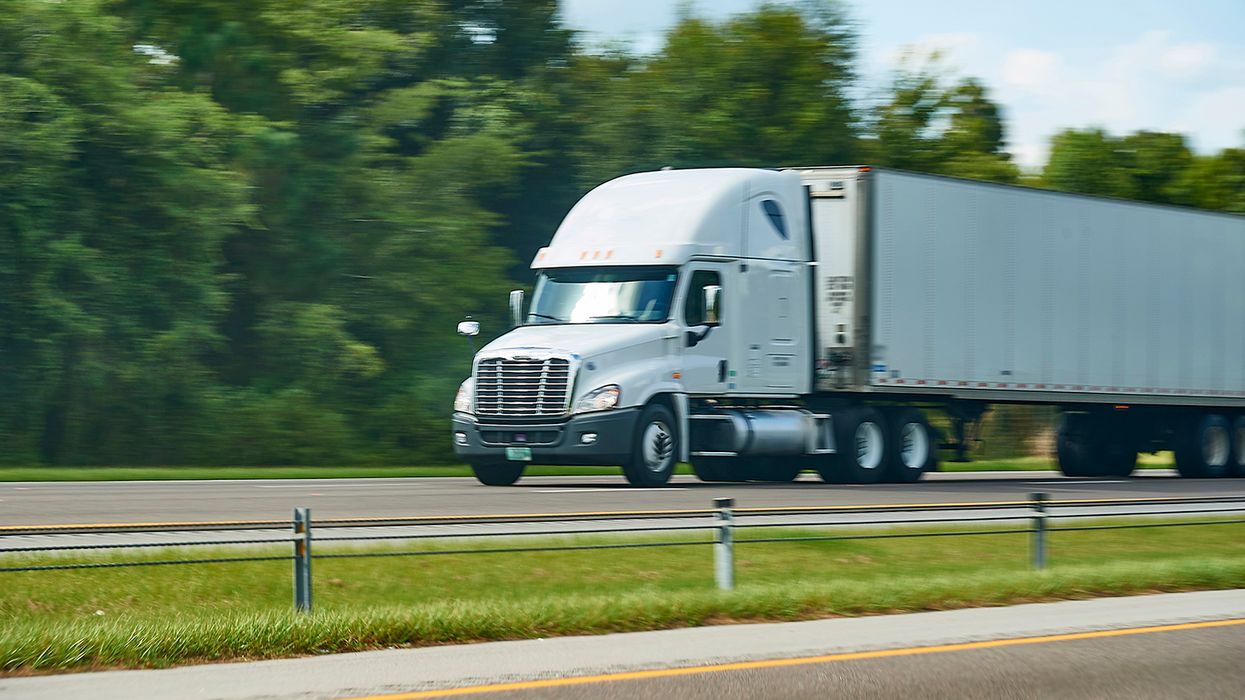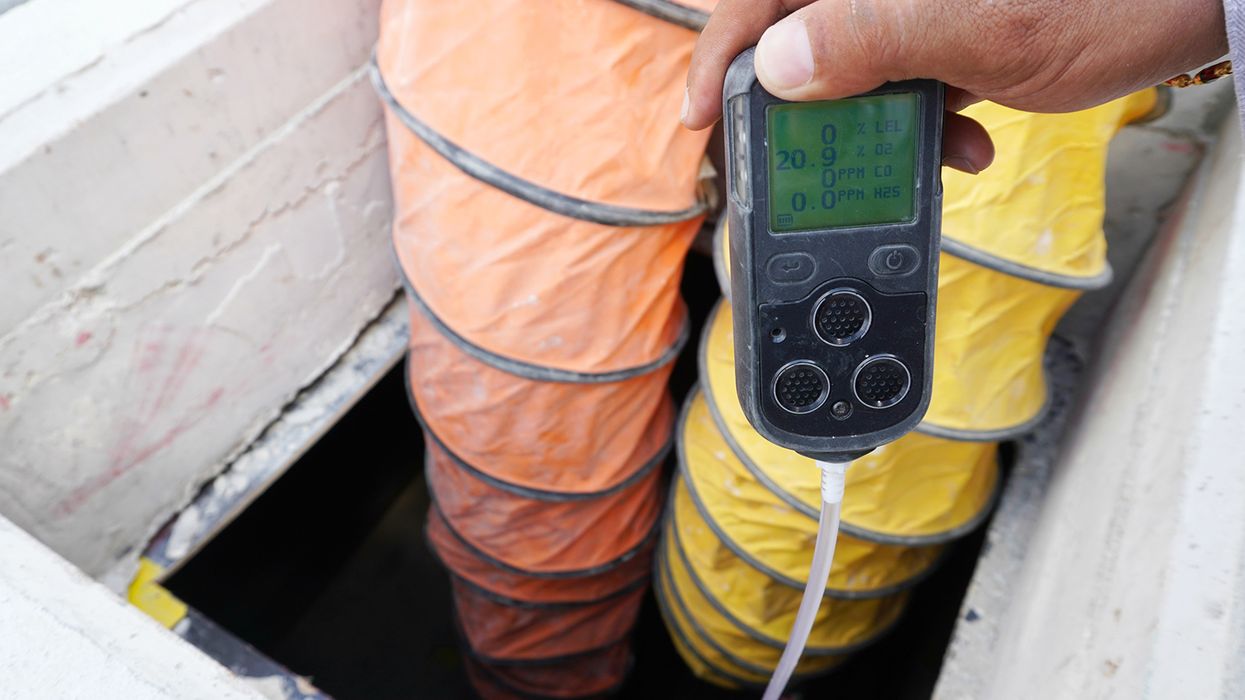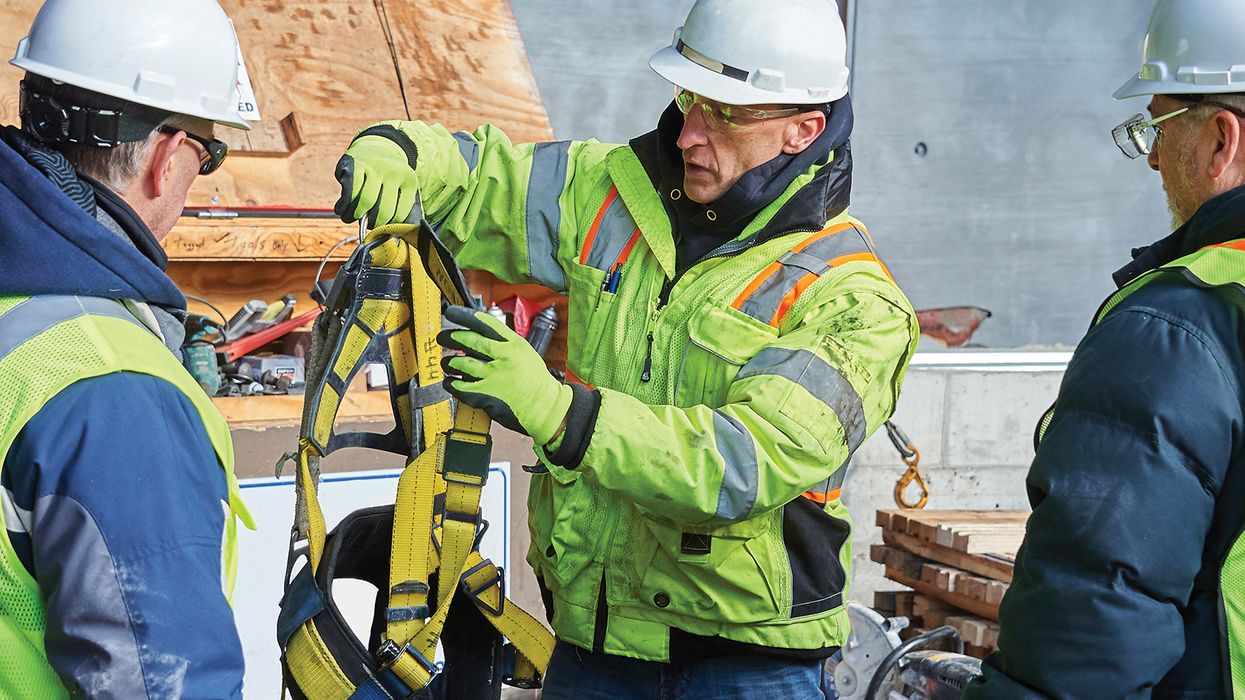Furry codrivers: Do pets belong on the road with truckers?
Days, and often weeks, away from friends and family can take a toll on a driver’s emotional and physical health.
Some motor carriers have adopted policies to allow truckers to bring a cat or dog along for the ride to help fill the need for companionship.
Health benefits of pets
Pets have been shown to improve an individual’s wellbeing, including:
- Decreased blood pressure
- Decreased cholesterol levels
- Decreased triglyceride levels
- Decreased feelings of loneliness
- Increased opportunities for exercise and outdoor activities
- Increased opportunities for socialization
In addition, those enjoying the companionship of a pet may experience increased levels of dopamine and endorphins, the hormones associated with feeling happy.
Click to view information on driver medical qualifications.
Is a companion pet a fit?
When considering a furry companion, drivers must decide if their routine can accommodate the pet’s schedule. For instance, a dog requires time for walking, feeding, bathroom breaks, and socialization/play time.
For those struggling with loneliness, the benefits of a companion pet may outweigh the inconveniences of the animal’s routine.
See more on Trip planning.
Picking the perfect dog
If the pet of choice is canine, drivers need to look at how the animal will adjust to life on the road. For instance, if a driver decides to travel with an existing family pet, how will the dog and the rest of the family respond to the change?
If a trucker is looking to adopt a new dog, the ideal candidate is generally:
- A small-to-medium breed (i.e.,50 pounds or less). Trucks have limited cab space, and larger breeds need more space.
- A short-haired dog that sheds minimally or nonshedding breed. Obviously, less shedding means less clean up in the confined quarters of the power unit.
- Mellow personality. A lazy breed or older dog that does not require a lot of activity is best suited for life in the passenger seat.
Pet travel accommodations
If a pet accompanies a driver over the road, the animal requires some essentials. A driver would not want to run out of an item at an inconvenient time or place.
Items to pack include:
- An adequate supply of pet food, especially if the animal is picky
- Pet bed
- Kitty litter and litter box
- Bags for dog waste
- Medications
- Food and water dishes
- Collar
- Tags
- Leash
- Favorite toys
- Adequate amount of fresh water
- Grooming supplies
- Medications
Safety issues
An animal that is allowed to freely move about the cab is at a greater risk of being injured or killed than one that is properly restrained. If the animal roams around the truck cab, it may also distract the commercial driver.
For dogs, hanging their heads outside the window puts the pooch at risk of being hit by debris or being catapulted out if the vehicle comes to an abrupt stop.
Pet owners have several options to safeguard the animal, including:
- Pet seat belts,
- Travel crates,
- Pet car seats, and
- Travel barriers.
Another concern is leaving your pet unattended. When the vehicle is stopped, even for a short time:
- The interior’s temperature can reach 120 degrees on a hot day, even if the windows are rolled down slightly. High temperatures such as these can kill your pet!
- Pet thieves can snatch your animal.
Pet health
Before any trip, make sure your pet is healthy enough for the journey. A best practice is to travel with any pertinent veterinary records in case the animal needs care away from home.
Your companion needs to be current on vaccinations, and you need documentation to this effect if entering Canada with a load. You may be required to present additional veterinary records depending on the province.
Key to remember: A companion pet might be a way to improve a driver’s physical and emotional health. But much must be taken into consideration before determining whether a pet is a match for life on the road.




